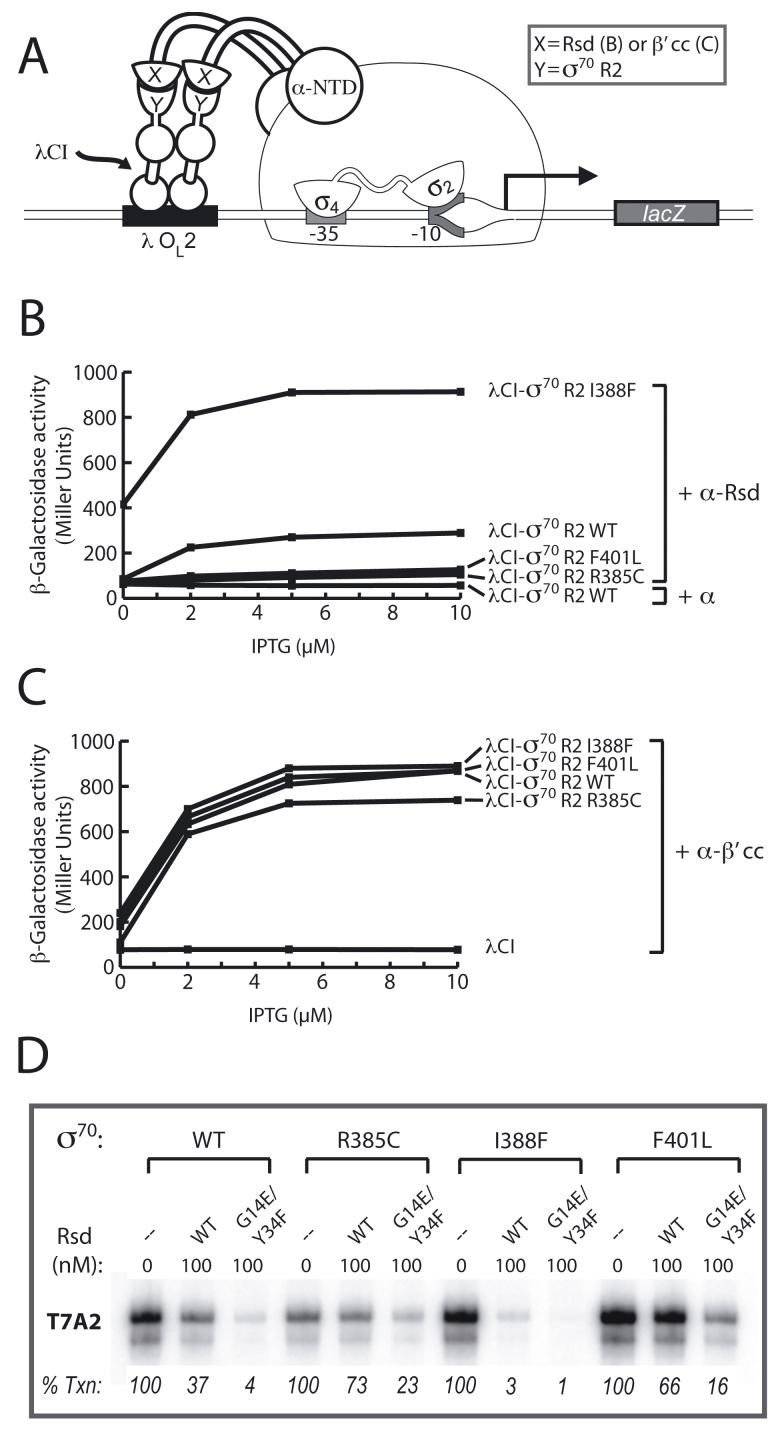Figure 3. Amino acid substitutions in σ70 region 2 that affect the Rsd/σ70 region 2 interaction.
A. Bacterial two-hybrid assay used to detect interactions of σ70 region 2. Cartoon depicts how the interaction between σ70 region 2 fused to λCI and either Rsd (B) or the β’ coiled-coil (β’cc) (C) fused to the α-NTD activates transcription from test promoter placOL2-62.
B. Effects of amino acid substitutions R385C, I388F, and F401L in σ70 region 2 on its ability to interact with Rsd. Results of β-galactosidase assays performed with FW102 OL2–62 cells containing two compatible plasmids, one encoding the indicated λCI-σ70 region 2 fusion protein, and the other encoding either α or an α-Rsd fusion protein. The plasmids directed the synthesis of the fusion proteins (or α) under the control of IPT-Ginducible promoters, and the cells were grown in the presence of increasing concentrations of IPTG.
C. Effects of amino acid substitutions R385C, I388F, and F401L in σ70 region 2 on its ability to interact with the β’ coiled-coil. Results of β-galactosidase assays performed as described in (B), only with one plasmid encoding either λCI or the indicated λCI-σ70 region 2 fusion protein, and the other encoding an α-β’ coiled-coil fusion protein.
D. Results of single-round in vitro transcription assays performed with a DNA template bearing the T7A2 promoter using RNAP holoenzyme reconstituted with the indicated σ70 protein in the absence or presence of either wild-type Rsd or Rsd G14E/Y34F (100 nM). Data shown are from one of three independent experiments, the averages and standard deviations of which are presented in Fig. S3.

